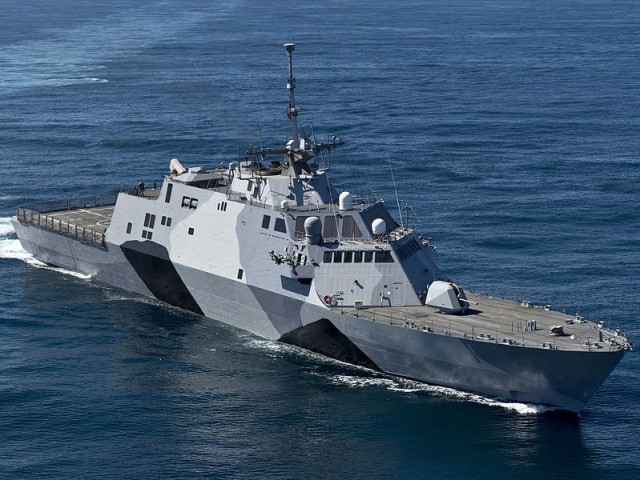Littoral failure: Navy hedges bets on high-tech littoral combat ships

The Navy’s littoral combat ship (LCS) was supposed to be the ship of the future, designed to be easily converted from one role to another with a relatively quick swap-out of “mission modules.” But what the Navy got instead was a range of headaches and a ship with significantly less flexibility and capability than the ships the LCS was replacing. Now, as National Defense reports, the Department of Defense has cut the number of ships to be built nearly in half, and it has put future purchases on hold while it considers its options.
But there could still be good news for the defense contractors building the LCS: the options include a beefed-up version of the ship that could raise its cost further—and increase the profits of Lockheed Martin and Austal USA in the process. Considering the fact that these ships have already had significant problems (including “aggressive corrosion“ of one design’s hull because it didn’t include cathodic protection), yet another design change could cost the US billions more for a class of ships that has never lived up to its concept.
Stu Slade, warship analyst for Forecast International, told National Defense, “This isn’t a done deal. It’s certainly a setback for the LCS program viewed in isolation, but it’s one that could yet be reversed” because the cuts won’t hit until 2016—when the White House gets a new occupant.
Read 10 remaining paragraphs | Comments